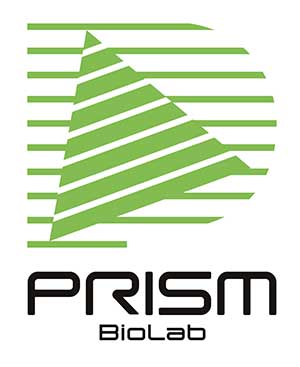Published on: 11月 20, 2025
PPI (protein-protein interaction) detection methods dramatically change through the invention of novel technology and theory. PPI detection is to elucidate and validate the presence and function of a target PPI.
Even though the computational approaches are improving for PPIs prediction and the technologies are rapidly developing after the advent of deep learning,1),2) it is a must to experimentally confirm the target engagement desirably at an early stage.
Target engagement of PPIs would also be validated by the same or similar experiments. PPI detection technologies are necessary for PPI drug discovery and development.
Here is a review of PPI detection methodologies in 2014.3) It is now an old literature considering the rapid progress of methods and technologies. But it is worth revisiting the PPI detection methodologies at this point because a treasure could be buried in the legendary approaches from the viewpoints of both application and basic science. Even at that time, a variety of in vitro and in vivo assays were available for PPI detection.
in vitro assays
- X-ray Crystallography
- NMR
- Phage Display
- TAP-MS (Tandem Affinity Purification Mass Spectroscopy)
- Affinity Chromatography
- Coimmunoprecipitation
- Protein Microarrays
- PCA (Protein-fragment Complementation Assay)
in vivo assays
- Y2H (Yeast 2 Hybrid)
- Synthetic Lethality
X-ray crystallography explains PPIs physically and is well-known way for solid PPI detection. But it does clearly show the binding of interest but does not necessarily mean the interaction induces biological functions. Other methodologies described in this review is mostly physical detection approaches. It is necessary to confirm the presence of biological, physiological and clinical meanings through disruption or stabilization of the PPI.
Here is another review of experimental approaches for characterization of PPIs published in 2016.4) It is worth comparing the technologies with the previous review. The author categorized the ways of PPI detection from the viewpoint of methods.
Biophysical Methods
- FP (Fluorescence Polarization)
- SPR (Surface Plasmon Resonance)
- NMR
- CD (Circular Dichroism)
- SLS/DLS (Static and Dynamic Light Scattering)
- AUC (Analytical UltraCentrifugation)
- ITC (Isothermal Titration Calorimetry)
- MST (MicroScale Thermophoresis)
Biochemical Methods
- FRET (Fluorescence Resonance Energy Transfer)
- BRET (Bioluminescence Resonance Energy Transfer)
- AlphaScreen
- AlphaLISA
- PCA
- Affinity Chromatography
- Cross-linking
Genetic Methods
- Phage Display
- Y2H
- Protein Microarray
The methods detailly explained in this review are also mostly engaged in showing the presence of physical PPIs. But this review is recommended for those who would like to understand a specific method and compare it with others.
Comparing the lists, there are some overlaps between the two reviews. However, you would find AlphaLISA, phage display and further were added in the more recent review. You could say that the standard PPI detection methods has changed due to the emergence and validation by application in two years.
As PPIs are currently focused field of drug discovery, related technologies are evolving at an astonishing speed. It is sometimes a hell to follow everything but would be a rescue for confirming the target engagement. We would like to thank all inventors and players of PPI assays.
We are pleased to have a conversation with you on technologies related to PPIs as well as a broad range of drug discovery and assays. Novel technologies would be validated by demonstration and application in a real field. We would like to share time and efforts to develop an outstanding technology that will help people all over the world.

